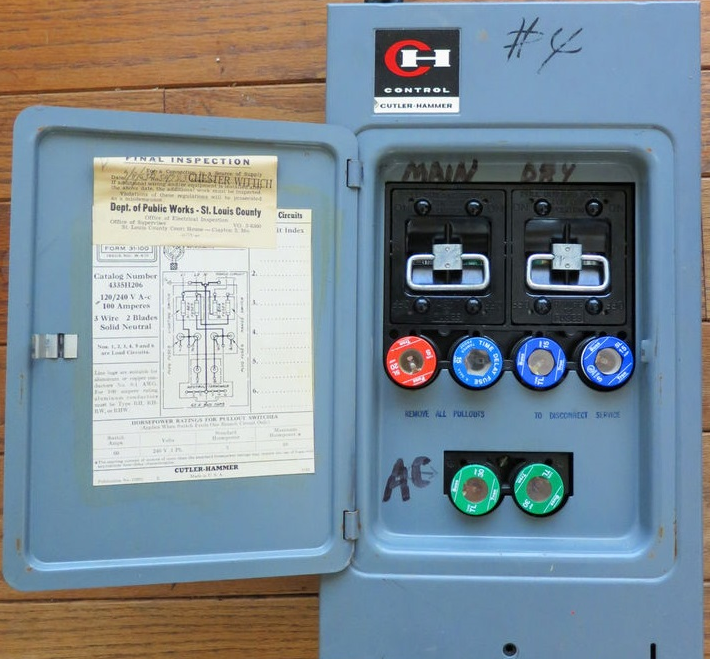Getting to know your house
Owning a house is a major proposition in today’s world. Once you get passed the maze of buying the house and moving in, you find yourself faced with decisions concerning maintenance, repair, and remodeling, not to mention housecleaning and routine living. What else is there to know?
The Military Finance Coach Kate Horrell wants to introduce you to what makes your house tick. We’re not talking about futuristic technology; we’re talking about the systems that make your house “modern”—running water, waste removal, gas and electrical power, and HVAC (heat-ventilation-air conditioning). Don’t wait until a pipe bursts to learn the location of the main shut-off valve. This is the one that allows the water to flow to the entire house. She advises that you find any shut-offs for outside lines as well so you will know what to drain before winter sets in.
 Every home with running water has a drainage system (part of the drain-waste-vent network). Is yours hooked to a municipal sewer line or to a septic system? If you are part of a municipal line, you need to know where your sewer cleanouts are and at what point you are responsible for the line. Sewer pipes do not live forever and, if you have a sump pump, you need to know what is required to care and maintain it as well. Know the tell-tale signs of problems and what options you have. Read helpful information here.
Every home with running water has a drainage system (part of the drain-waste-vent network). Is yours hooked to a municipal sewer line or to a septic system? If you are part of a municipal line, you need to know where your sewer cleanouts are and at what point you are responsible for the line. Sewer pipes do not live forever and, if you have a sump pump, you need to know what is required to care and maintain it as well. Know the tell-tale signs of problems and what options you have. Read helpful information here.
Gas and electrical power make living easy but what do you do when your indoor air quality smells tainted or your electrical power turns off? You need to know what to do when you smell gas.
Minnesota Energy Resources recommends that everyone leave the house and from outside the house or from your neighbor’s house, call their company. Never use anything in the house that can cause a spark. You need to know what appliances in the house use gas and the location of the gas meter. If you use electrical power, you need to know the location of your circuit breaker box.
And lastly, know your HVAC system (heating-ventilation-air conditioning): where are the cut-off switches and vents, what filters are used, and what do you need to do to keep them clean and well maintained year-round? See these for helpful tips and diagrams on home plumbing and questions to ask about the house HVAC system.
CREDIT: rtaImage at community.homedepot.com

